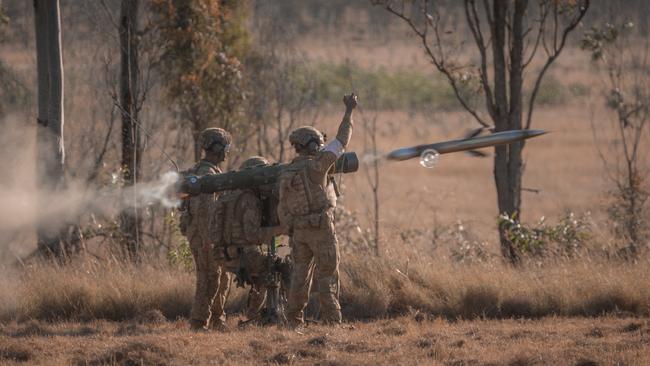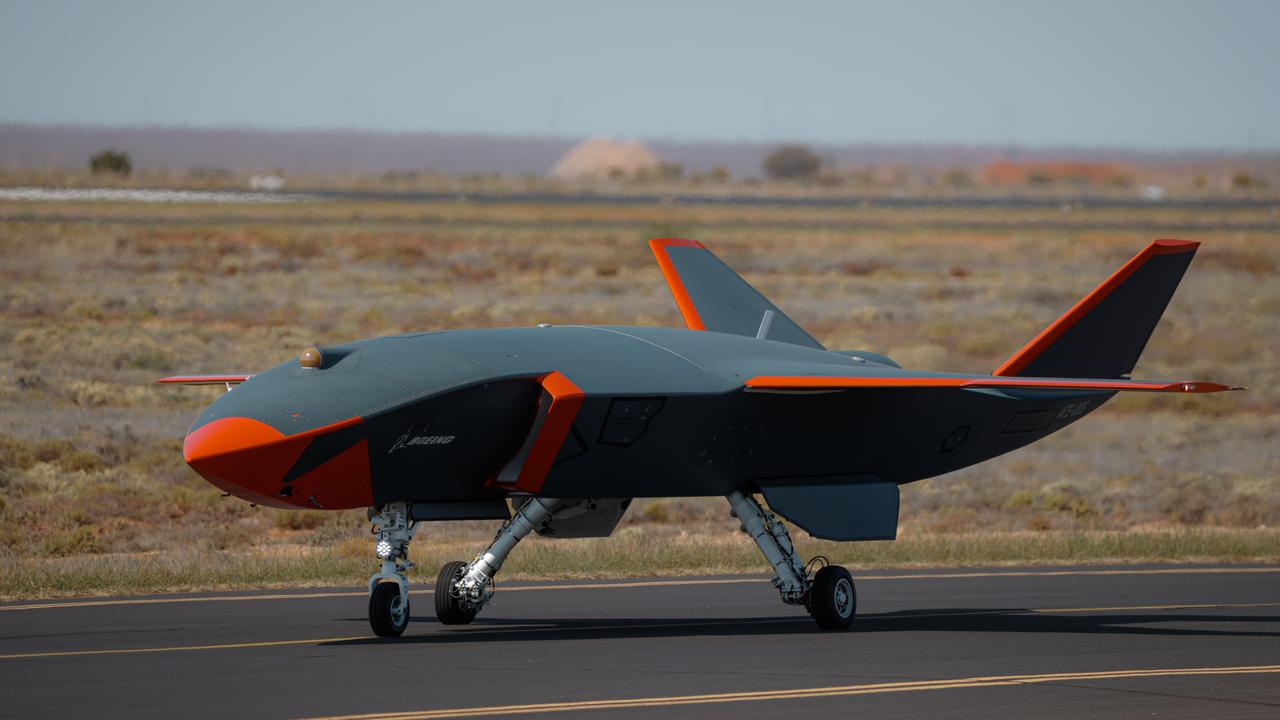Missile enterprise starting to take shape
After announcing that Australia would develop a guided weapons manufacturing capability, the government was silent on which weapons the enterprise was to produce.

The government’s biggest announcement in 2021 relating to defence capability was the AUKUS partnership that is to deliver an Australian nuclear submarine capability and foster co-operation on key emerging technologies.
But not far behind that was its March announcement that Australia would develop a sovereign guided weapons manufacturing capability.
The two announcements were very similar – the government made a high-level statement but left the details to be worked out later. At least with AUKUS it was clear the first order of business is to acquire nuclear submarines, but the outputs of the sovereign guided weapons enterprise were unstated. Certainly, the government had some goals; coming in the wake of the supply-chain crises triggered by the Covid-19 pandemic, a key one was ensuring the supply of weapons in time of conflict if supply chains are disrupted. Another was to better support the US alliance, and a third was to help drive the government’s modern manufacturing strategy.
But regarding actual outputs, that is, which weapons the enterprise was to produce, the government was silent. And other than stating the government was looking for “an experienced strategic industry partner”, it was also silent on who was going to do what or how it would be done.
Not surprisingly commentators and interested parties projected their own hopes and fears on to that blank canvas. The large defence industry primes saw it as the opportunity to become the strategic industry partner. Advocates for local R&D and industry saw it as the opportunity to create an industry that could design and build sophisticated weapons from scratch but feared the enterprise would simply be handed over to a foreign prime to run as they saw fit. Economic rationalists simply saw the whole enterprise as adding an unnecessary layer of cost and risk and said we should stick to buying weapons on the global market.
While the government has not significantly fleshed out the original picture since last March, industry has not stood still. As many commentators have noted, there is a lot of relevant capability already in Australian defence industry to design and manufacture components and energetics such as explosives and fuel. If we add to that emerging “missile adjacent” sectors such as space, autonomous systems and artificial intelligence, many of the building blocks of the enterprise are at hand – it’s just that they are scattered and need to be brought together.
So industry has been “self-organising” to create the mass of skills and capacity to compete for a role in the enterprise. New consortia have emerged, such as the Australian Missile Corporation led by NIOA and the Sovereign Missile Alliance formed by EOS and Nova Systems. The Australian branches of the global primes such as Thales have also been promoting and developing their local capabilities. And foreign missile manufacturers such as Rafael and Kongsberg have stressed their readiness to build here using local partners.
Defence has not been standing still either. While the government’s March announcement appears to have taken it by surprise, by July it had released a request for information, looking to understand how industry could contribute to the enterprise. For those worried that Defence was simply looking to hand the whole thing over to a single partner and there would be little in the enterprise for local industry, the RFI was reassuring. It showed that Defence was thinking about all elements needed to support a viable guided weapons enterprise, including storage, maintenance, distribution, test and evaluation and not just the high-profile elements of design and manufacturing.
Moreover, it was clear that Defence was seeking to understand what all players, from the primes to local SMEs, could offer.
Defence has remained tight-lipped on where it is heading. But it’s reasonable to expect that an enterprise that will spend around $100bn on guided weapons systems over the next two decades can support multiple lines of effort involving numerous partners. It’s likely that the government will pick an overseas prime as a strategic partner to assemble some of the weapons the ADF already has inventory under licence.
Provided the partner draws on local industry to supply components, that will help to develop local industry capability and capacity. But the government shouldn’t wait for local industry to develop through osmosis; it also needs to place some big bets, investing in Australian industry to develop new weapons quickly such as a hypersonic strike missile.
There are of course risks. While the enterprise offers great prospects to develop both Australian military and industrial capability, old hands in this space have noted we’ve been here before and produced little of enduring capability.
Some challenges stand out. The first is getting Defence to move beyond its peacetime mentality in which it thinks it has unlimited time to deliver. The government’s 2020 Defence Strategic Update emphasises that’s not the case.
That’s why it needs to commit quickly to the production of some low-risk, existing weapons as well as vigorously support local innovation. Australia has been experimenting with hypersonic technologies for more than a decade; we have to turn that basic science into military capability quickly.
We don’t need the perfect weapon, merely one that shapes an adversary’s calculus; and we’ve seen in recent conflicts such as Afghanistan that even basic weapons such as improvised roadside bombs can do that.
Next, we have to use AUKUS to break down barriers to technology sharing, in particular overcoming the dead hand of US International Traffic in Arms Regulations, which adds layers of process, cost and time to any work involving US military technology. That won’t be easy and many have tried and failed. While Australia has a broad ITAR exemption, missiles, their key components and the information needed to manufacture them are explicitly excluded from that exemption. Repealing that should be a first-order priority for AUKUS.
Finally, while its shopping list has grown dramatically, Defence has lost in-house capacity as its intellectual resources have been outsourced to the private sector.
The continual string of failed Defence projects shows that it just doesn’t have the ability to be a Smart Buyer (to use its own term). The disarray in the shipbuilding enterprise demonstrates this and fixing that while delivering nuclear submarines will compete with the missile enterprise for scarce human resources. A small portion of that $100bn needs to be directed to rebuilding Defence’s in-house skills and experience.
But overall, there’s good reason to be optimistic about the impact the missile enterprise will have on Australian defence and industry capability.
-
Marcus Hellyer is ASPI’s senior analyst for defence economics and capability.


